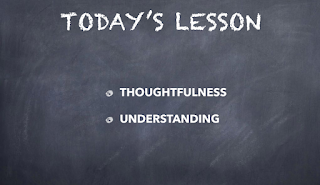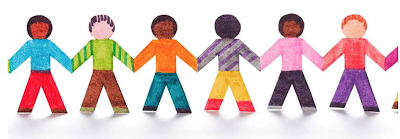All you need is a ‘MAUCA’ (मौका) to Know your child in the classroom #KYC: Know your Child
On January 21, 2023 I attended a continuous professional development workshop organised by CED (Centre for Environment and Development) in collaboration withSahodaya school complex. It was a 5-day workshop but the reason of mentioning 21st January is quite special.
The key speaker on January 21st was Ms. Gurpreet Kaur, Chief Manager, Education and
Training at Shri Educare limited, CED 21.
While she was delivering her presentation, one of her slides caught my attention – It read KYC -
Know your child.
At that moment I decided this can be a motivational title to write my thoughts upon and here I am sharing my thoughts on #KYC.
Is it essential to know your child? Indeed!
Knowing your child is essential for being able to provide them with love, support, and guidance as they grow and develop. It involves paying attention to their interests, personality, strengths, and weaknesses, as well as staying connected with them through communication and spending quality time together. As teachers, we may feel that we are meeting the child only for 40-45 mins in a day but the impact that we leave on them on the daily basis is for the lifetime.
In the classroom, knowing your child means understanding their learning style, academic strengths and weaknesses, and social and emotional needs.
All you need is a ‘MAUCA’ to Know your child in the classroom.
Monitoring academic progress: Keeping track of your child's SWOT analysis can help you understand them better.
Advocacy: Being an advocate for your child by advocating for their needs and ensuring they receive appropriate support can play a vital role.
Understanding of learning style: Knowing your child's learning style can help you in adapting teaching methods to better suit their needs.
Communication: Regular communication is important to know about your child's academic progress, behaviour, and their interests.
Awareness of social and emotional needs: Paying attention to your child's social and emotional development in the classroom can help you support them and address any concerns.
When a teacher knows their student, they are able to provide individualized support which helps them understand students’ learning style, academic strength and weakness and can help the teacher tailor their teaching approach to meet the student's unique needs.
Knowing your child foster a positive classroom environment and can help the teacher build strong relationship with the students and create a positive and supportive classrooms. Not only this, if you know your child you can address to their concerns quickly and effectively and can enhance their academic success.
Next time when you enter your classroom, remember it is very important for you to know your child to set up a Happy Classroom.
Educator



















